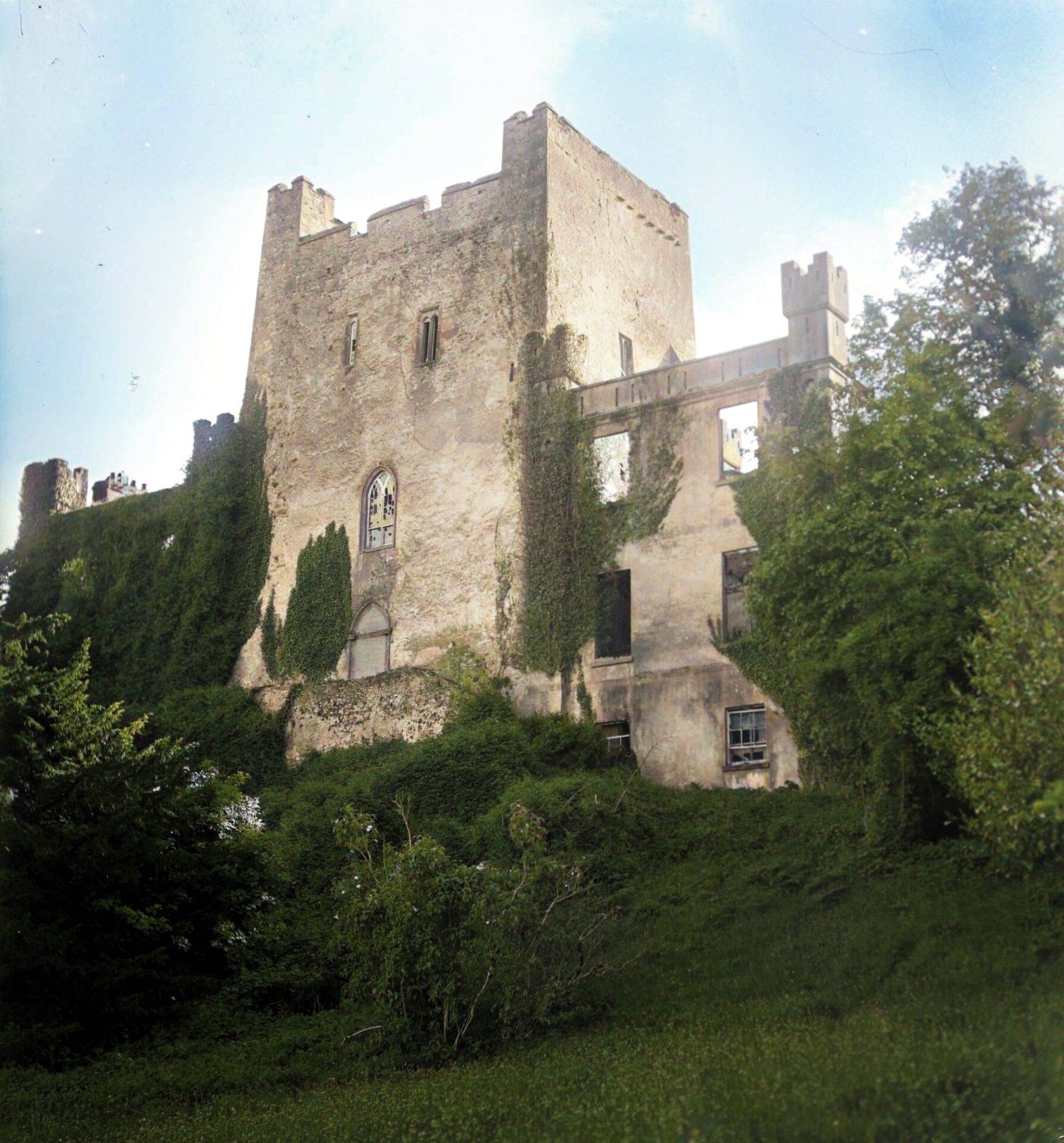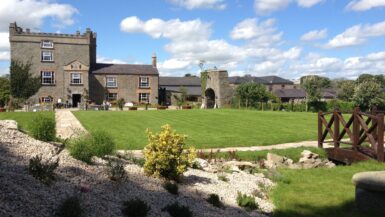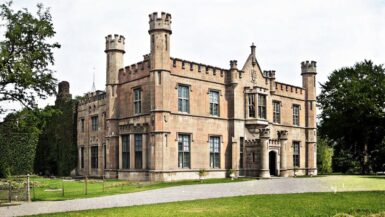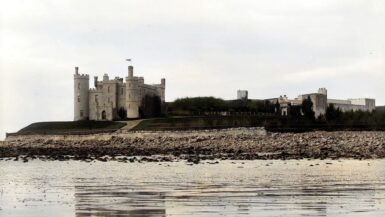Leap Castle, located in County Tipperary, Ireland, has long been a source of fascination and intrigue for historians, tourists, and ghost hunters alike. Rich in history and shrouded in mystery, this ancient fortress has seen its fair share of triumphs and tragedies. In this comprehensive article, we will delve into the captivating history of Leap Castle, explore its storied past, and uncover the secrets that lie within its ancient walls. Our aim is to provide an informational, easy-to-understand, and unique account of this remarkable Irish landmark, with a special focus on optimizing on-page SEO for “Leap Castle, Tipperary.”
The Early Origins of Leap Castle
Leap Castle’s origins can be traced back to the 12th century, when it was initially constructed as a stronghold for the O’Bannon clan. The O’Bannons, an ancient Irish clan, were known for their fierce warrior-like nature and close ties to the powerful O’Carroll family. The castle itself was originally called “Léim Uí Bhanáin,” which translates to “Leap of the O’Bannons,” and its strategic location in the heart of the Irish countryside made it a formidable fortress for its inhabitants.
The O’Carroll Dynasty and the Battle for Leap Castle
As the O’Carroll family’s influence grew, so did their desire to control Leap Castle. The O’Carrolls, a powerful Irish clan, were eager to secure their position in the region and expand their territory. In the 15th century, the O’Carrolls seized control of Leap Castle, and the fortress quickly became an essential part of their power base.
Under the rule of the O’Carrolls, Leap Castle witnessed a tumultuous period of feuding and bloodshed. Tales of gruesome murders and treachery abound, with one of the most infamous incidents being the “Bloody Chapel” massacre. This chilling event took place in the castle’s chapel during the 16th century when one O’Carroll brother, a ruthless priest, murdered his sibling in cold blood during a religious ceremony. This brutal act of fratricide would forever stain the castle’s history and contribute to its eerie reputation.
The English Influence and the Restoration of Leap Castle
Throughout the 17th century, Ireland underwent significant changes as English influence spread across the land. Leap Castle was no exception, as it eventually fell into the hands of the English during the Cromwellian conquest. In 1659, Jonathan Darby, an English soldier and planter, was granted ownership of Leap Castle as a reward for his service to the Crown. The Darby family would go on to reside at Leap Castle for several generations, initiating a new chapter in the fortress’s history.
The Darby family took great interest in preserving and restoring Leap Castle. They undertook extensive renovations, transforming the once-foreboding fortress into a more comfortable and elegant residence. As the years went by, the castle evolved into a reflection of the Darby family’s taste and sensibilities, with additions such as grand staircases, ornate fireplaces, and intricate plasterwork.
Leap Castle and the United Irishmen Rebellion
Leap Castle’s history took another dramatic turn in the late 18th century, when it became embroiled in the United Irishmen Rebellion. This significant uprising, led by Irish nationalists seeking independence from British rule, resulted in conflict and strife throughout the land. Jonathan Darby’s son, also named Jonathan, was sympathetic to the rebel cause and actively supported the United Irishmen.
As a result of his involvement in the rebellion, the younger Jonathan Darby was imprisoned in Dublin, and Leap Castle was temporarily confiscated by the British authorities. Eventually, Darby was released, and the castle was returned to the family, but the impact of these tumultuous events would leave an indelible mark on Leap Castle’s legacy.
The 20th Century: Tragedy and Rebirth
Leap Castle’s eventful history continued into the 20th century, as it faced both tragedy and renewal. In 1922, during the Irish Civil War, the castle was mysteriously set ablaze. The fire caused extensive damage, leaving the once-magnificent structure in a state of disrepair. Many irreplaceable artifacts and historical documents were lost in the flames, making the task of reconstructing the castle’s history even more challenging.
Despite the devastation, the Darby family remained undeterred in their commitment to preserving Leap Castle. Mildred Darby, a noted author and artist, played a significant role in the restoration efforts, using her creative talents to help bring the castle back to life. Over the ensuing decades, the family’s dedication to the castle’s preservation would ensure that its legacy lived on.

The Modern Era: Leap Castle as a Tourist Attraction and Haunted Destination
In recent years, Leap Castle has emerged as a popular tourist destination, drawing visitors from all over the world. Its rich history, picturesque setting, and architectural beauty make it a must-see attraction for anyone visiting County Tipperary.
However, Leap Castle’s appeal goes beyond its historical and aesthetic allure. The fortress is also known for its paranormal reputation, with many visitors coming in search of ghostly encounters. Tales of unexplained phenomena, such as disembodied voices, cold spots, and mysterious apparitions, have long been associated with the castle, capturing the imaginations of both paranormal enthusiasts and casual visitors alike.
In 1991, the castle was purchased by musician and historian Sean Ryan, who has continued the work of restoring and preserving Leap Castle. Under Ryan’s stewardship, the castle has opened its doors to the public for guided tours, giving visitors a unique opportunity to explore the fortress’s storied past and experience its captivating atmosphere firsthand.
Conclusion
The history of Leap Castle is a captivating tale of power struggles, family feuds, and enduring resilience. From its early origins as a stronghold for the O’Bannon clan to its transformation into a stately residence under the Darby family’s guidance, the castle has witnessed centuries of triumphs and tragedies. Today, as a popular tourist attraction and reputed haunted destination, Leap Castle offers a fascinating glimpse into Ireland’s past while continuing to captivate and inspire visitors from around the world. For anyone interested in exploring the rich history of County Tipperary, a visit to Leap Castle is an experience not to be missed.






Leave a reply